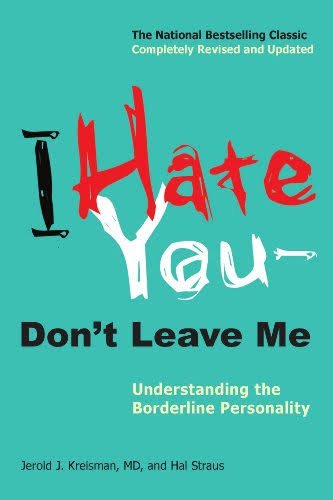Socioeconomic Factors
Borderline pathology has been identified in all cultures and economic classes in the United States. However, rates of BPD were significantly higher among those separated, divorced, widowed, or living alone, and among those with lower income and education.
The consequences of poverty on infants and children—higher stress levels, less education, and lack of good child care,
psychiatric care, and pregnancy care (perhaps resulting in brain insults or malnutrition)—might lead to higher incidence of BPD among the poor.
